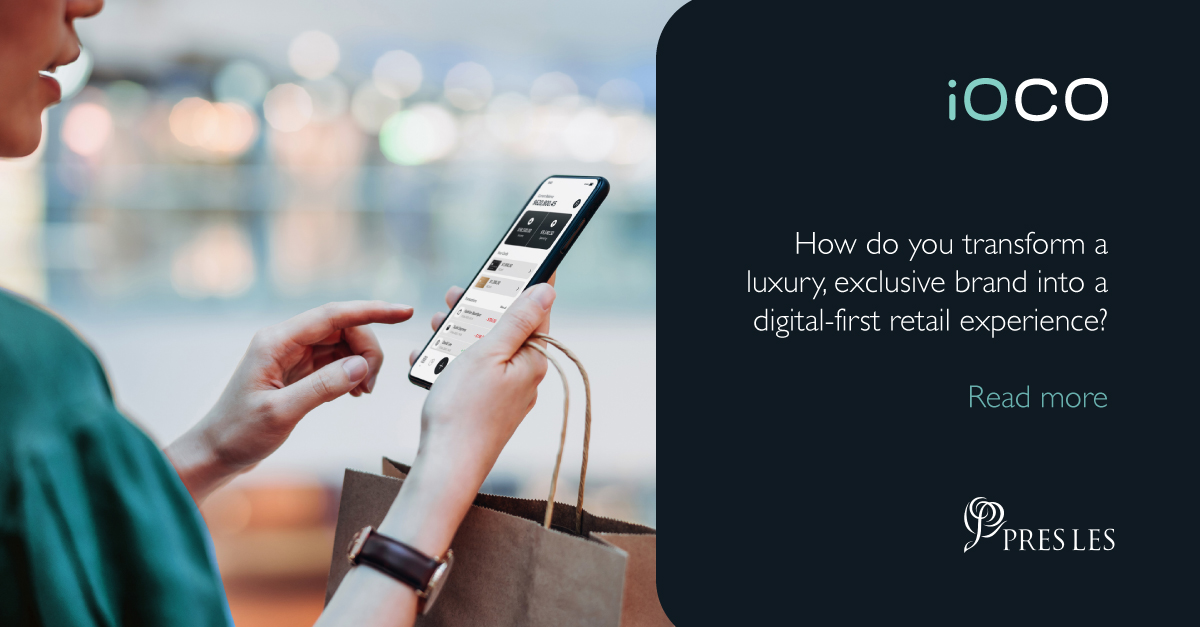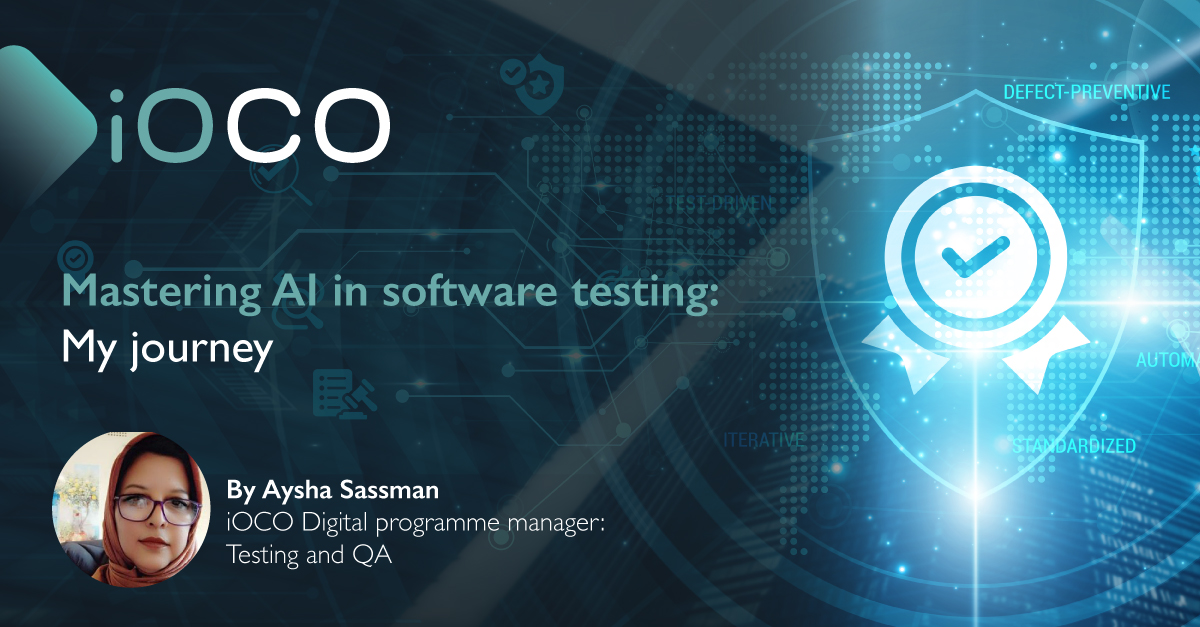Tradition, luxury, exclusivity and exquisitely made to order — you’d be forgiven for thinking that, in today’s world of fast technology and even faster retail, these qualities are in danger of being forgotten. Amazon, you see, has a lot to answer for. It has spawned a global ecommerce industry that’s digitally-driven, built on speed, personalisation and an omnichannel, ‘need-it-now’ customer experience. But don’t be fooled into thinking you can’t have both. Pres Les and its CIO Darren Levin, have proved that perfectly over the last two and a half years.
To most in its native South Africa, Pres Les is luxury. Its range of high-quality and stylish homeware graces the homes of more than one million customers in the country and is delivered against the 50-year-old company’s traditions, values and ethos: enriching lives, empowerment and caring.
And yet, courtesy of Levin and his team, the pace of digital adoption in the business has been staggering, moving from a largely paper-based direct sales business to a tech-savvy, digitally driven organisation that has substituted its physical product catalogues for an intuitive, customer-driven and mobile-first app experience.
Levin is a technology leader of considerable experience, passionate about helping organisations adapt and grow by leveraging people, data and the latest innovations. His experience spans a host of industries and sectors, from B2B and B2C, health and wellness, FMCG and retail.
In the latter, he says, the need to digitally transform has grown exponentially. “It’s been forced. There’s little choice but to evolve and transform as a result of the growth of large online retailers. We live in a world of instant gratification, individualisation, personalisation and customers wanting a very specific, omnichannel experience — it’s a big departure from just a physical shopping experience, where we were a few years ago, and if you don’t transform and modernise you’ll get left behind.”
Omnichannel retail
The technologies required to build an omnichannel retail experience are many, says Levin, outlining the scope of change required at organisations like Pres Les. “There were probably five large retailers in South Africa and everyone shopped at those based on their demographic and financial situation,” he says.
“That’s completely changed. If you can’t find what you want in one of these shops or the price doesn’t work for you, you can move online and seamlessly fulfil your want. That’s a real shift in terms of empowering the customer and making companies take note of every individual. From our perspective, it’s about using that technology and embracing the digital era to give people more choice and let them shop however they want.
“WE LIVE IN A WORLD OF INDIVIDUALISATION, PERSONALISATION AND CUSTOMERS WANTING A VERY SPECIFIC, OMNICHANNEL EXPERIENCE“
Darren Levin, CIO
“In terms of specific technologies, that involves several things,” adds Levin. “WhatsApp and bot-driven communication are becoming increasingly important, particularly here in South Africa, but it also requires a big focus on adaptive website technology and CRMs, sourcing a platform that’s right for your specific business needs or problem — and I don’t think there’s a single one that can solve all of those, rather you should be finding something fit for purpose, that’s hybrid in the sense that you can use multiple tools and switch and choose applications to serve the purpose — focusing on cybersecurity and, of course, data.
“I don’t believe that any decisions should be made without analysing the data; retailers have large volumes that have been captured and stored over many years, that should be used to better understand customers and bring opportunities for future product development, upselling and cross-selling.”
Leadership and technology
Levin joined Pres Les in May 2019, assuming the role of CIO at the start of 2021. His knowledge and understanding of technology, and how that contributes to strategic objectives, has stood the company in very good stead. But, of equal contribution to the transformation work, has been his approach to leadership, his dedication to creating a culture of success and his understanding of the importance of collaboration and project management best practice. Unsurprisingly, as with many of life’s most important lessons, this mentality has been nurtured throughout his career.
“It’s probably been 25 years since my first job, and I’ve learned a couple of lessons that have always remained with me,” he explains. “Most importantly is around how I like to be treated and what that means for everyone I work with. It’s such a simple leadership concept, but I really believe in treating people in the same manner I want to be treated. No one bothers about your experience, your role or position in the business, or your education if you don’t interact with individuals and teams in a grounded, empathetic, inclusive, and transparent way, it’s all irrelevant. Leadership, indeed any position in a business, is about being a good person, collaborating with your team and being prepared to give your all, but also understanding that work is a means to an end and that it’s not the centre of life. That’s really important.
“Alongside that, I’ve always taken with me that businesses too often focus on perpetual long-term strategies,” he continues. “So, only focusing on a five-year strategy may have been useful 20 years ago when your biggest threat was the physical retailer next door but that doesn’t work in a dynamic and highly competitive digital era — it’s misguided. From a leadership perspective I think it’s important to be nimble, to focus on narrower achievable timeframes, data-driven strategies and on your people.
“That’s especially true in the IT space, where demand for resources is significant. It’s changed the dynamics of organisations from a very matrix-driven, autocratic environment to one that’s empathetic, inclusive, flexible and far more agile in its approach to work. To support this new way of working we as a business have a strong affinity to a Kanban approach now.”



